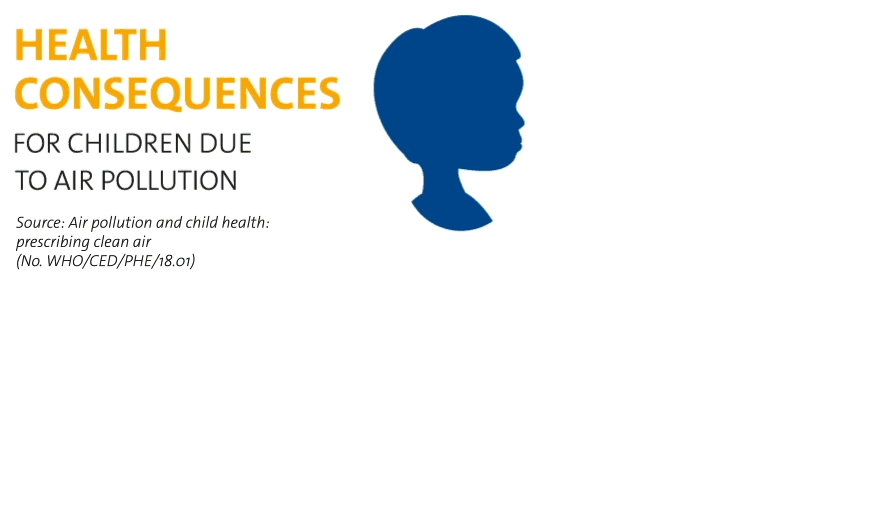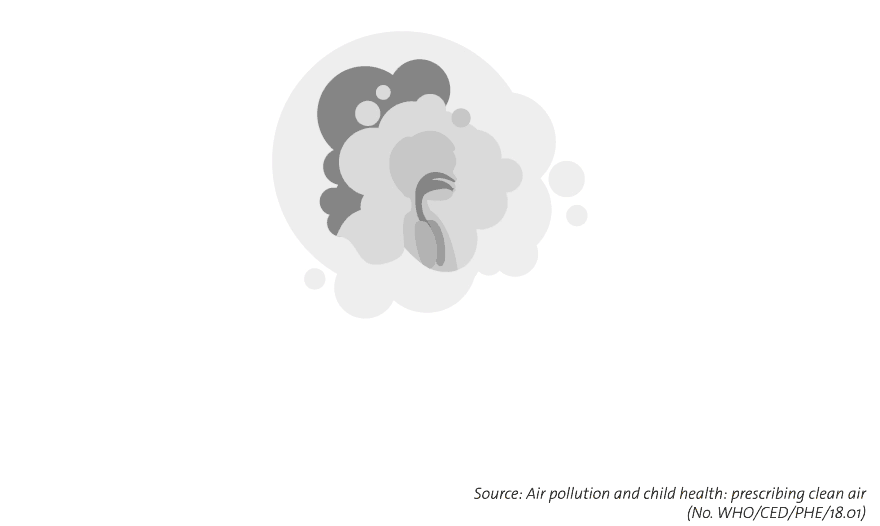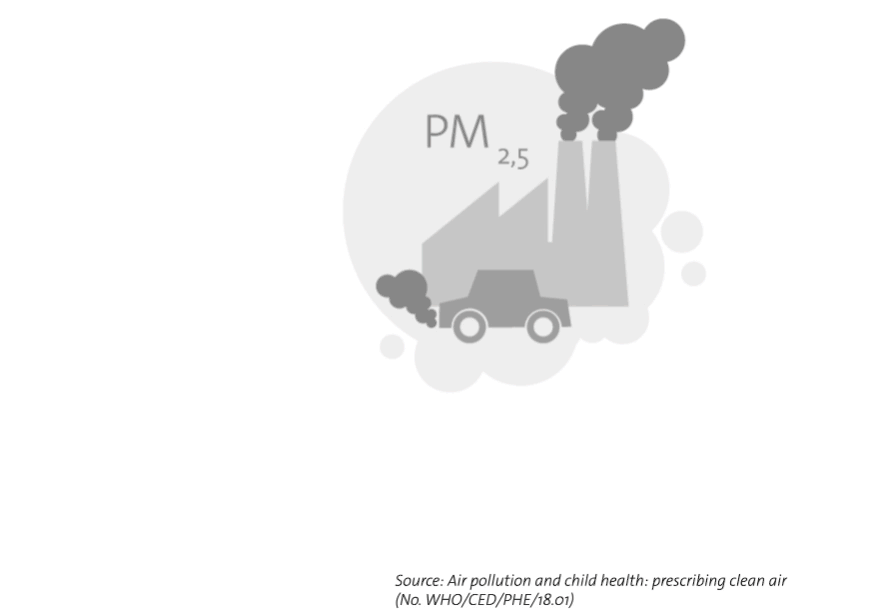A world of clean air
Air pollution is one of the most significant environmental health threats.
Although the new WHO Global Air Quality Guidelines (AQGs) are not mandatory, following them is seen as a key factor in improving global health.
Since the last update in 2005, evidence has strongly increased that air pollution affects many aspects of health. For this reason, all the previous maximum recommended levels have been reduced.
The pollution pandemic
Current estimates suggest that air pollution causes 7 million premature deaths worldwide every year, as well as causing the loss of millions more years of healthy life. These figures put air pollution in the same bracket as other major global health risks, such as obesity and smoking. In contrast, deaths from alcohol abuse look comparatively tame at 3 million a year.
The health risks associated with particulate matter in the 10 to 2.5 microns range (PM10 and PM2.5) are of particular concern. Both particle sizes are capable of penetrating deep into the lungs but PM2.5 can even enter the bloodstream. Prolonged or high exposure results in cardiovascular and respiratory disorders and can also affect other organs.
One in 10 deaths
caused by air pollution,
IS SOMEONE UNDER 15 YEARS OF AGE.
Unequal suffering
Nevertheless, there are still notable hotspots. In Europe, for instance, multiple regions such as northern Italy and many Eastern European countries, as well as the densely populated Belgium, Netherlands and Luxembourg and parts of western Germany regularly experience increased pollution levels.

If these targets are met, it is estimated that around 80% of deaths related to PM2,5 could be avoided. But any meaningful reduction will certainly translate into wider health benefits.

In 2019, more than 90% of the global population lived in areas where concentrations exceeded the 2005 WHO guidelines for long-term exposure to PM2,5.

 automotive filtration insight
automotive filtration insight